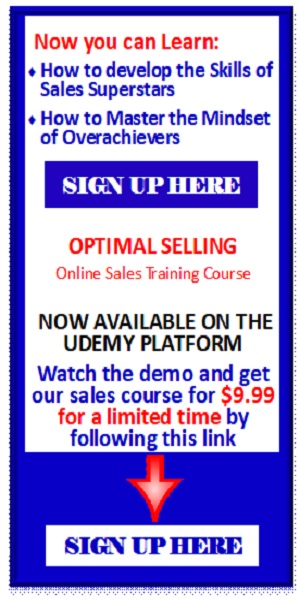|
KEYS TO BUILDING A RELIABLE PIPELINE
|
You started the year with your pipeline predicting a strong 1st quarter. But with two months of the quarter in the rear view mirror, sales are down, close dates have moved into the future, and making your number by the end of the quarter will require herculean effort. If this sounds like what you go through quarter after quarter then you might be suffering from a serious sales disease called Pipeline bloat!
Every business owner and sales manager knows that a robust pipeline is the key to future revenue growth. However, the pipeline must be accurate and reliable so that appropriate business decisions can be made. Pipeline bloat occurs when sales people fail to qualify prospects before entering them in the pipeline. They use their own judgment to determine who is qualified and who is not. Business owners contribute to pipeline bloat by putting pressure on salespeople to find new prospects without having objective criteria to define who is qualified. Here are 4 things you can do to expand your pipeline and eliminate pipeline bloat:
- INCREASE PROSPECTING – The Optimal Salesperson® prospects consistently but most salespeople don’t do enough prospecting. You must know how many cold calls you need to generate the number of prospects which will yield the sales you need to meet your goal. Far too often I see sales organizations go into the end of a period needing to close 50% of the pipeline to make their goal, which seems reasonable except that historically they only close 20%. In this case the problem isn’t the closing rate; the problem is not enough prospecting.
- FOCUS ON QUALIFYING PROSPECTS – Many salespeople put any and every prospect in the pipeline. The Optimal Salesperson® knows that prospects should only be in your pipeline if they meet certain minimum criteria you establish. I believe as a minimum no prospect should be counted on if you haven’t talked to the client; uncovered a compelling reason to buy from you; and have had a discussion about money.
- END PURSUITS SOONER – Hope is not a strategy. Be honest with yourself. As soon as The Optimal Salesperson® determines that the prospect is focused on someone else, she ends the pursuit. There is no use in staying in the game just to keep the other guy honest.
- IMPROVE SELLING SKILLS – Learn to get better referrals. Learn how to get to higher levels in the organization. Learn how to ask better questions. Learn how to uncover the client’s budget. Identify your own self-limiting beliefs and work to overcome them. It’s a new economy, new skills are required. Optimal Salespeople® know that they are either getting better or falling behind.

